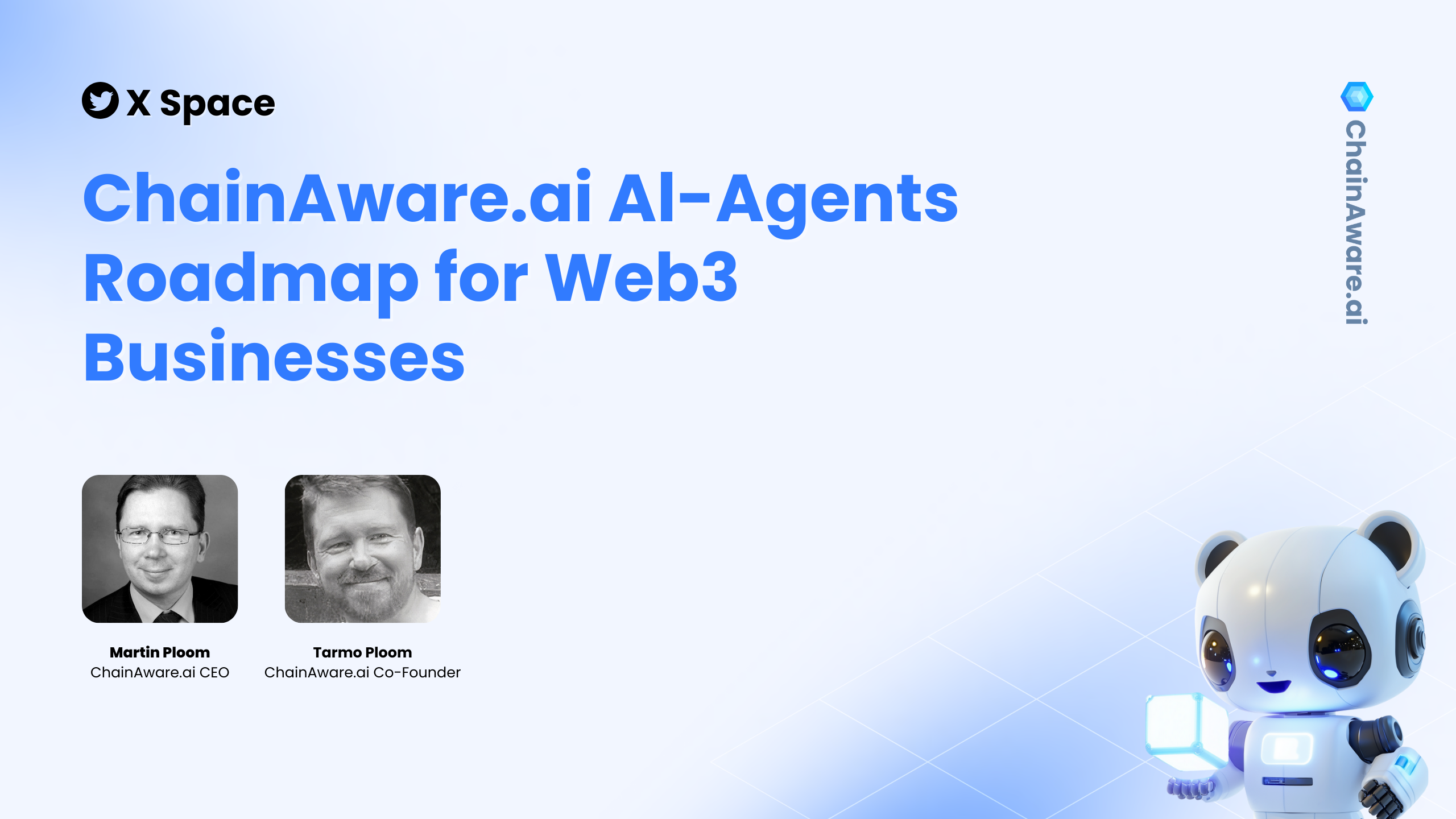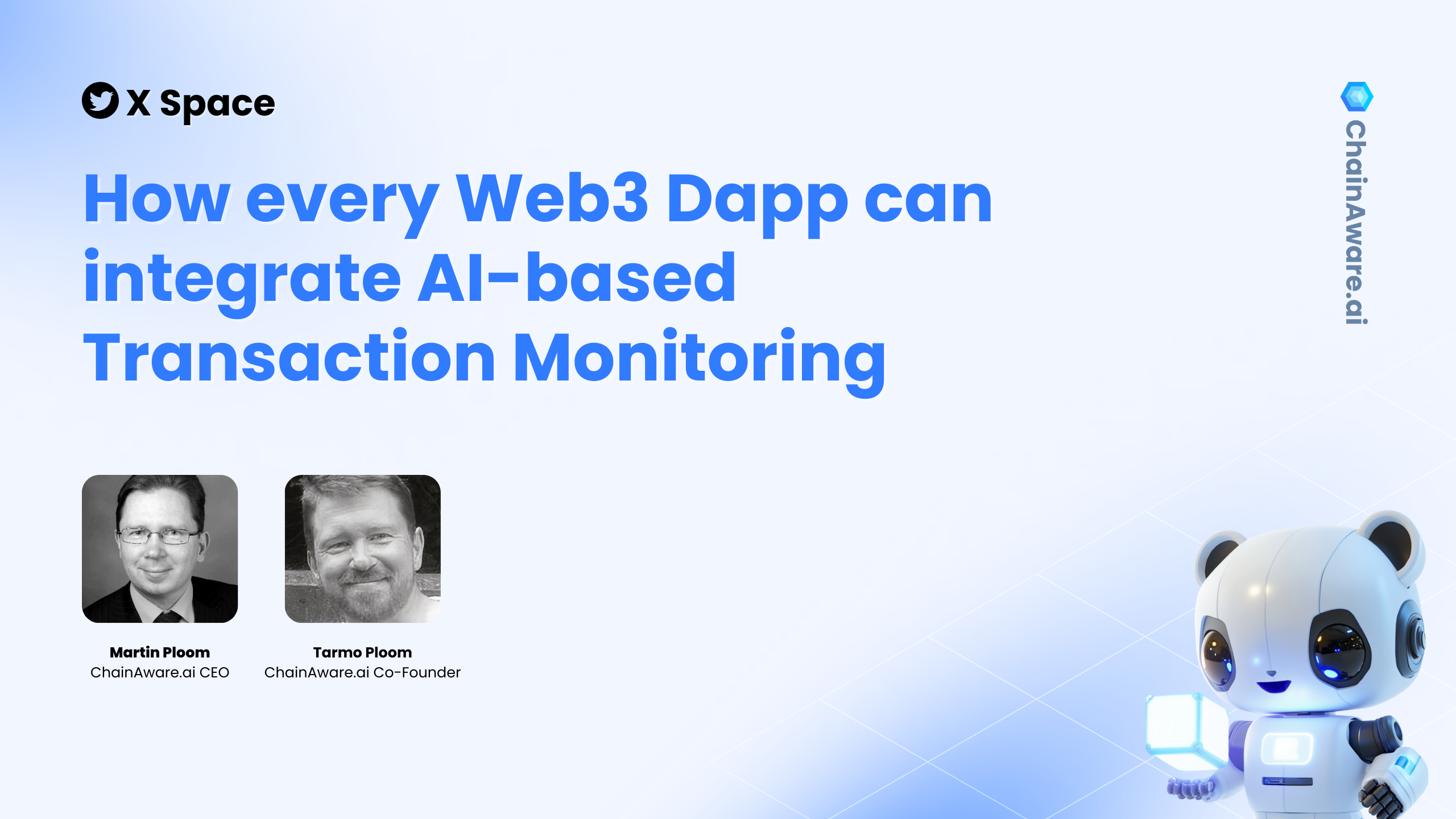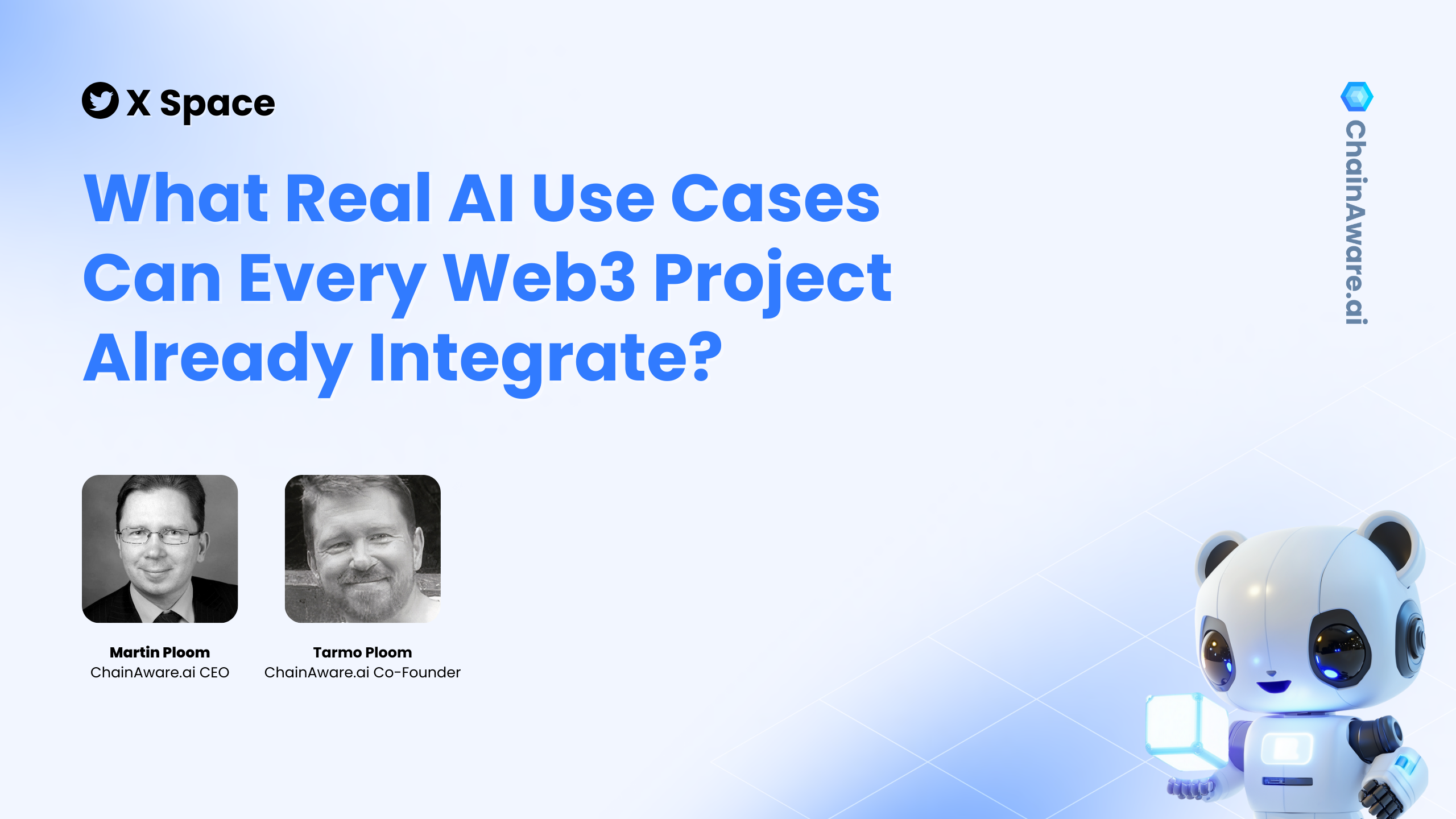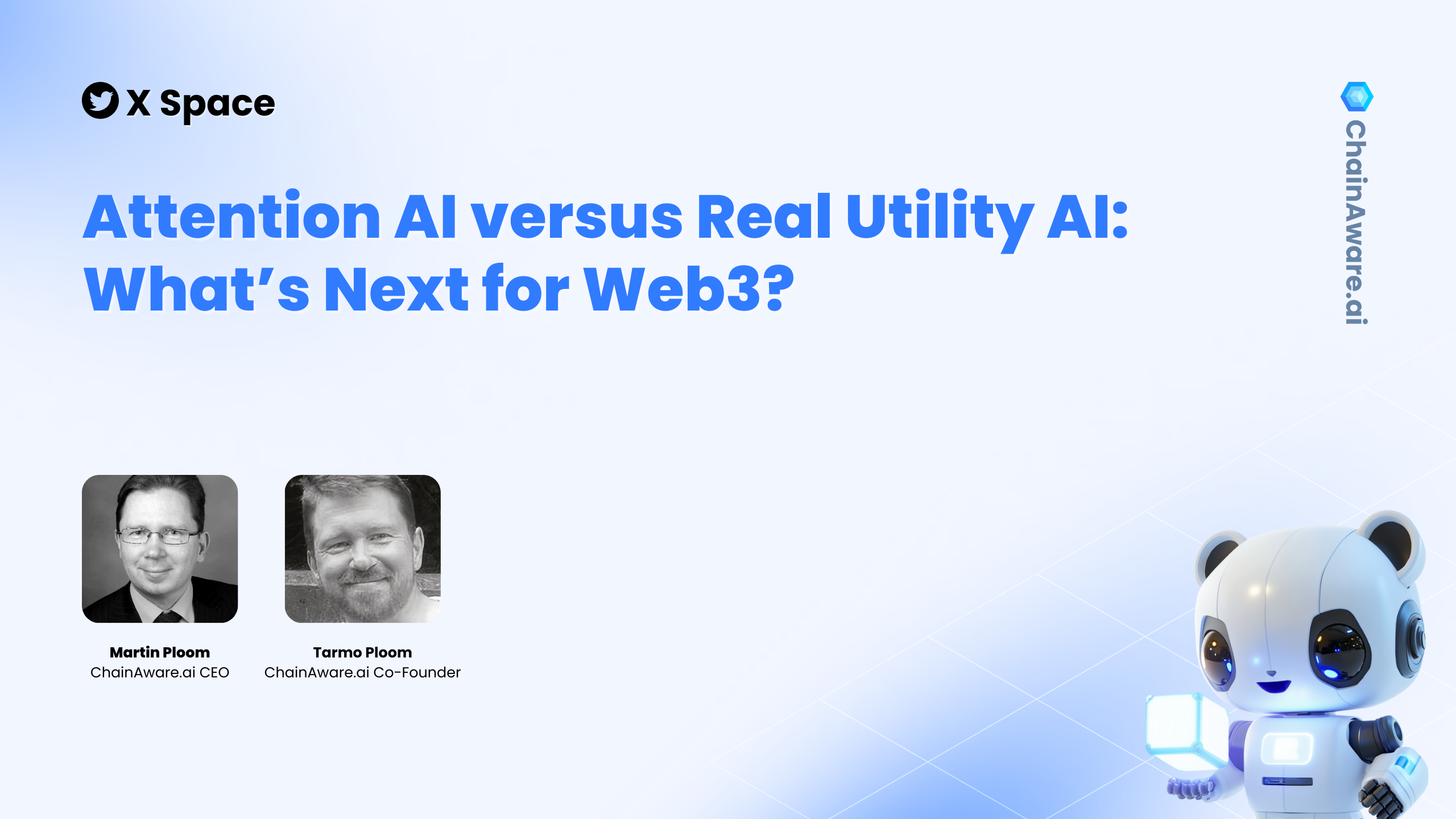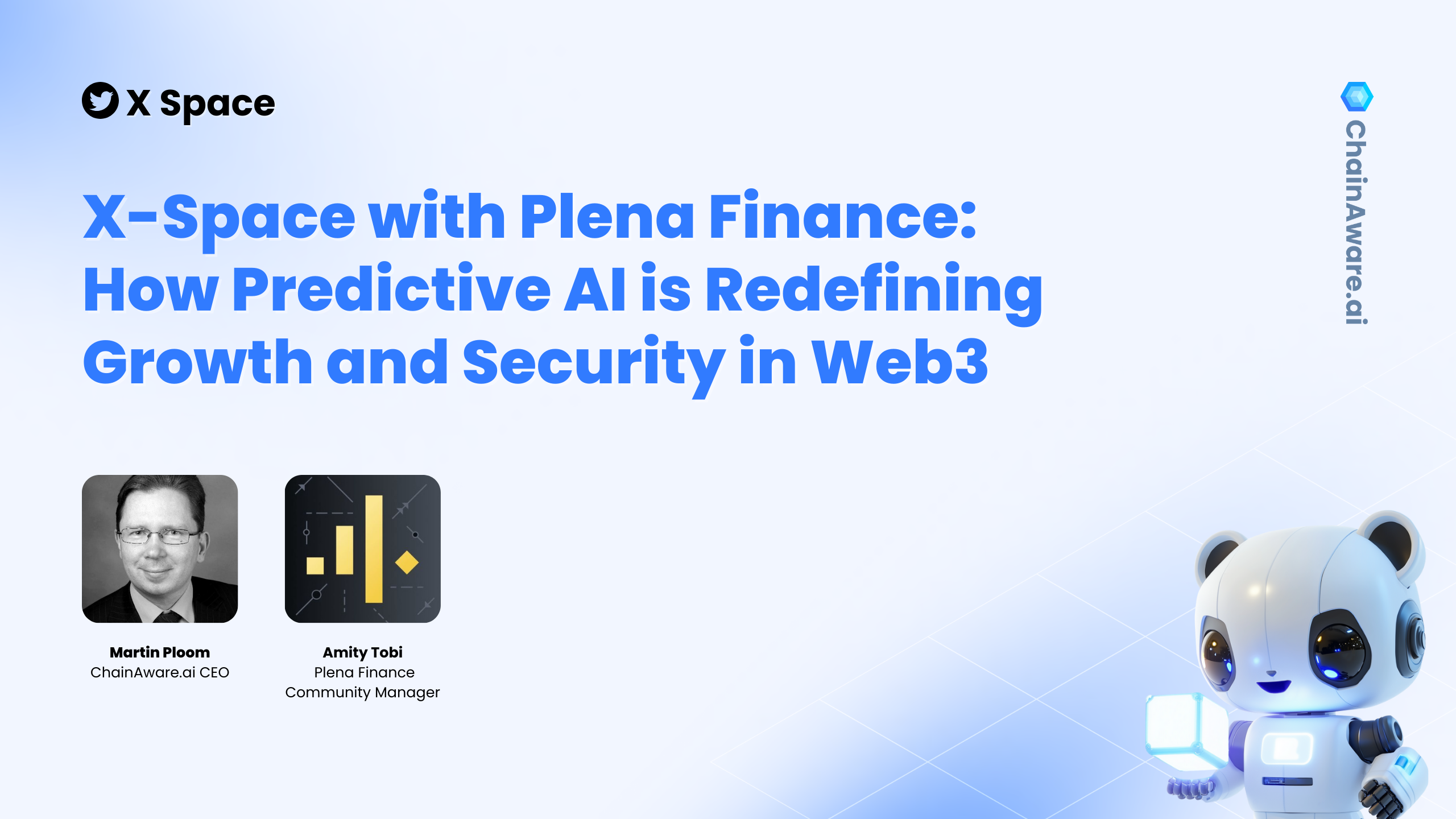Web3 can feel like stepping into a new frontier of infinite possibilities and unexpected hurdles. In our latest X Space session, we tackled some of the world’s most pressing issues, including the role of AI in creating trust, accelerating growth, and reshaping user experiences. If you enjoy diving deep into practical solutions and forward-looking strategies, you’re in the right place.
You can listen to the full X Space conversation here: X Space Link
Watch the YouTube recording here.
Why Web3 Needs Predictive AI Solutions
Traditional web technologies evolved rapidly once two critical pieces of infrastructure were introduced: reliable fraud detection and targeted marketing. In Web3, we’re facing similar challenges. The absence of these two pieces stifles user adoption and can lead to high acquisition costs. That’s where AI-driven fraud detection and marketing agents step in. When we predict fraudulent transactions before they happen, we reduce risk dramatically. And when marketing is based on predictive analytics, we can serve ads and messages that resonate with each individual user’s intentions.
Key takeaway: Reliable fraud detection boosts trust, while personalized marketing boosts user conversion. Both are vital for sustainable growth.
AI Agents: From Theoretical to Practical
Many people talk about AI agents in theoretical terms, but we focused on what’s possible here and now. These agents operate behind the scenes, analyzing on-chain data in real time to recognize patterns and deliver actionable insights. For example, if a user’s wallet address signals that they’ve been involved in suspicious activities, the agent notifies the platform owner before any damage occurs. Similarly, if the on-chain data suggests someone is more likely to engage in DeFi lending, the system presents them with relevant offers or features the moment they arrive on your website.
Why it matters: By using intent-based AI instead of a one-size-fits-all approach, Web3 platforms can convert casual visitors into active users more efficiently.
Creating Trust and Reducing Costs
Nothing beats enthusiasm for a new technology like repeated scams or rug pulls. Just as fraud detection was pivotal for the expansion of Web2 e-commerce, predictive analytics is now essential for Web3. By automating the review of wallet addresses, platforms can filter out high-risk users and transactions, preserving the integrity of the ecosystem.
On the growth side, AI-powered marketing slashes acquisition costs. Instead of blasting generic ads, you show people exactly what matters to them. Someone keen on NFT gaming doesn’t want to see a DeFi lending pitch, and vice versa. By tailoring offers, you not only save money but also foster genuine user engagement.
Bottom line: High fraud rates and high user acquisition costs shrink profit margins. AI addresses both problems by enhancing safety and showing the right content to the right people.
How It All Comes Together
When AI fraud detection and personalized marketing run in tandem, the result is a healthier, more vibrant Web3 environment. Users engage with greater confidence, and businesses enjoy a higher return on their marketing spend. Instead of scattering your budget across random promotions, you let the data guide you. And as more people see the practical benefits, the Web3 sector can finally move past the novelty phase into exponential growth.
Conclusion
We’re not here to teach elementary Web3 concepts. You already understand the basics. Our focus is on the deep insights: predictive fraud detection, personalized marketing agents, and how these tools can transform your business strategies. If you’re excited about putting these ideas into practice, we encourage you to listen to the full conversation and explore how AI agents can fit into your own roadmap.
